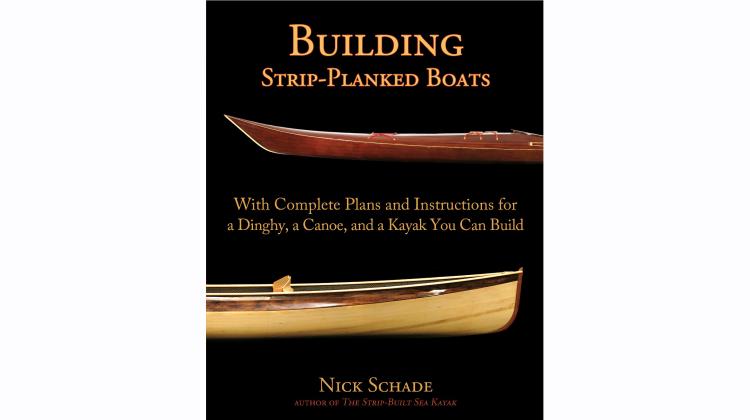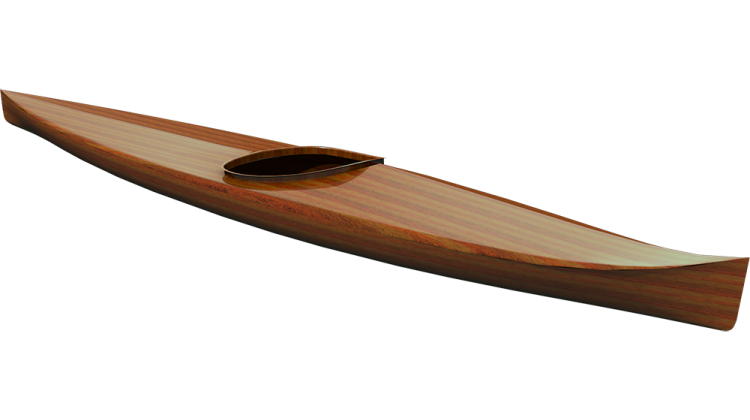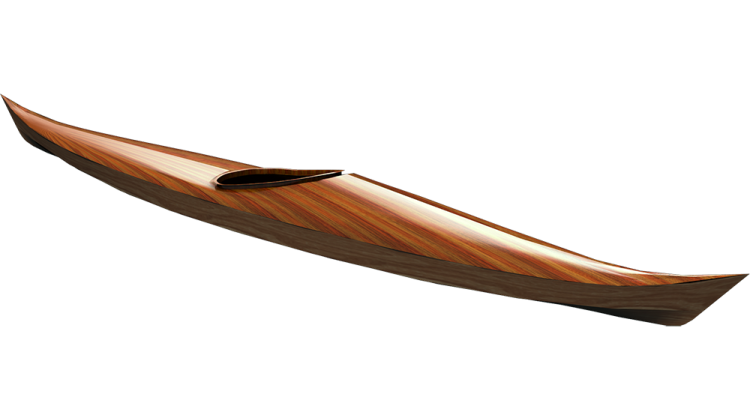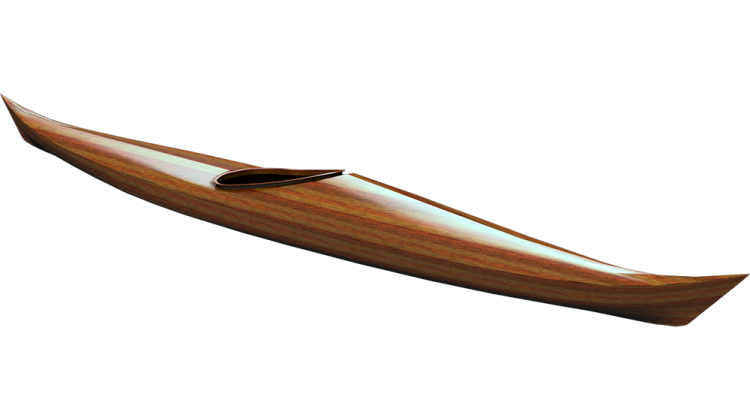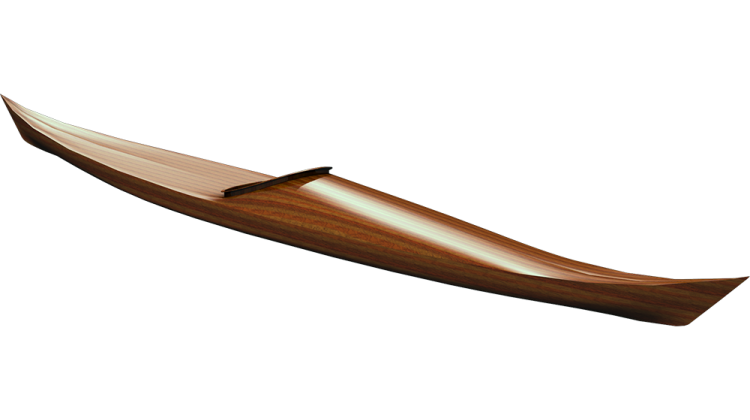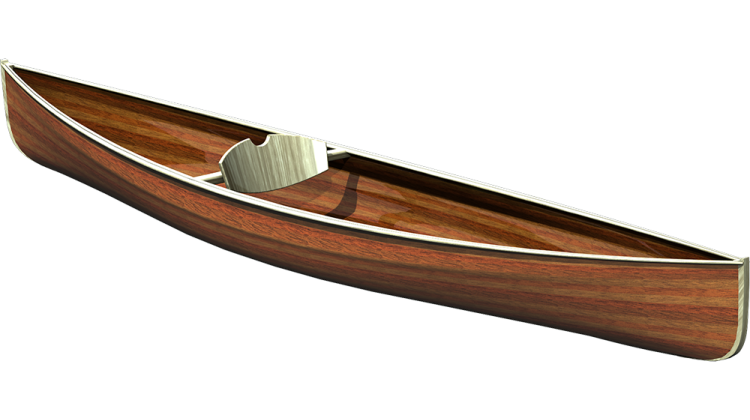The Petrel has a hard chine. This creates some issues specific to the boat that must be dealt with. You want the strips to reach the chine evenly. I.e. you don't want the first strip to hit the chine to be high on it at one point and low on it farther down the boat. This would make a situation where part of one strip is on one side of the chine and part on another. Since the chine is a sharp angle, the strip itself would have to incorporate a sharp angle somehow. This just isn't reasonable. There are ways to make it happen, but the easiest is to have the edge of one strip coincide with the chine line along the full length of the chine.
Back when I installed the sheer strip I made a point of following one of the diagonals lines I had drawn on the forms. I had two diagonals drawn, one that followed the chine and another parallel line that followed the sheer at the middle of the boat. I installed the sheer strip to follow the sheer, but the second strip followed that second diagonal. I could have had that second strip follow any smooth curve but I wanted it to follow those diagonal lines. The reason for this was to cause the strips to run parallel to the chine when they reached it.
I wasn't sure that the edge of the strip that hit the chine would be exactly the right width, but it worked out well here. I could have ripped a narrow strip if it had not worked out. But, what I have here is the edge of the strip sticks up slightly above (approximately 3/16") the chine line. This is good because I need to put a bevel on it so the inside edge of the bevel is directly on the corner of the chine.
What I want to make is a miter angle so the next strip that is on the other side of the chine line has a tight joint from the inside corner out to the outside corner. I used my rabbet plane to create this bevel. The rabbet plane has a blade that reaches all the way to the edge of the tool, allowing me to shave right up tight against the forms.
As I cut this bevel I tried to approximately bisect the angle between the side and bottom of the boat created at the chine. I didn't need to be perfect, but I wanted a smooth rolling bevel down the length of the strip. The chine does not run the full length of the boat, at the bow and stern the shape is quite rounded and I found I did not need to bevel the strip at all at the ends.
After I had beveled the strip that was on the boat already, I set up to install the next strip which would be on the far side of the chine line. This strip needs to have a rolling bevel cut to match what is already on the boat.
As with other rolling bevels, the drill is: Dry fit the strip, mark the form crossings, look at the gap at each form crossing, hold your plane to reproduce that gap, plane until the gap disappears, check your work, adjust as needed and then move down the boat, rolling the bevel as needed along its length.
After the bevel is formed, do another dry fit to double check that the seam is tight and then glue the strip in place.
A note to people building with Cove and Bead
It may be possible to get past the chine using just cove and bead strips, but I would advise ripping or planing the cove off one strip and the bead off another and planing the bevel along the chine as shown here. This will produce a smoother, tighter, stronger joint.
A note on Music
The music on this video is by my friend Peter Wortman and his trio Montage of Three. You can get a copy of the music from CD Baby.

